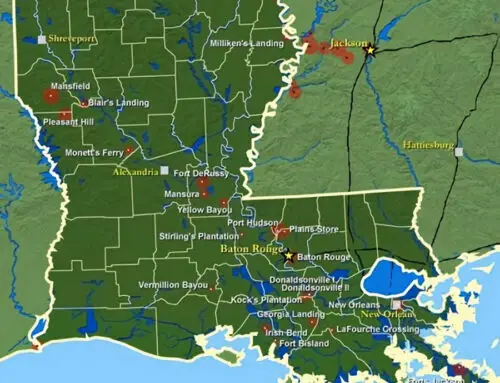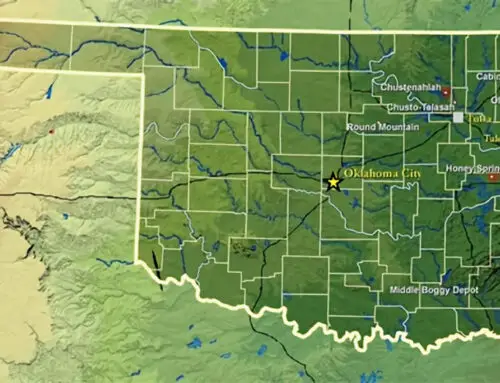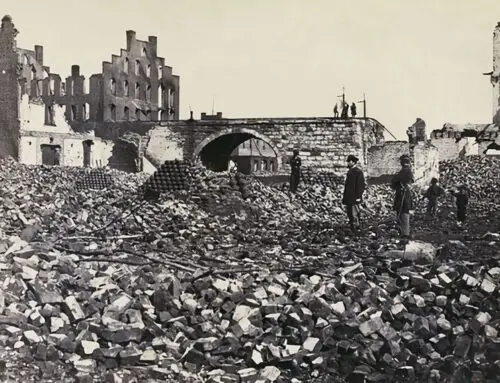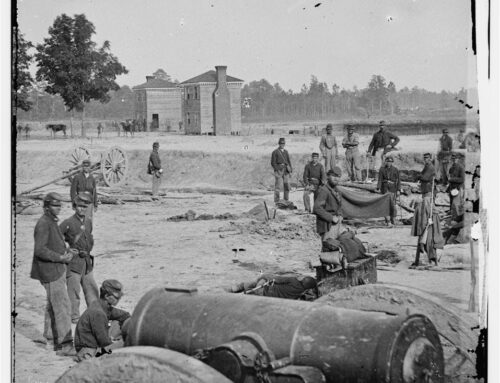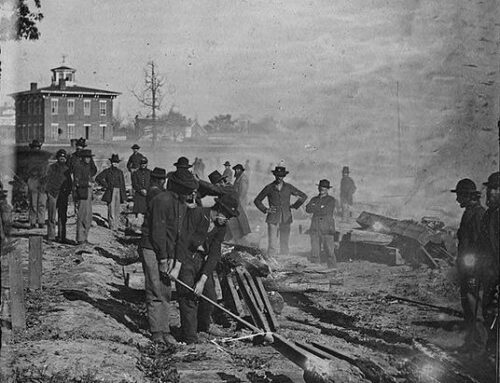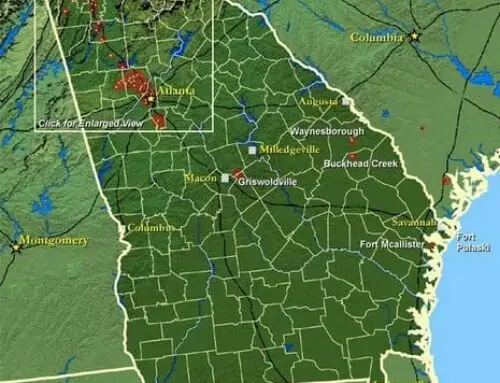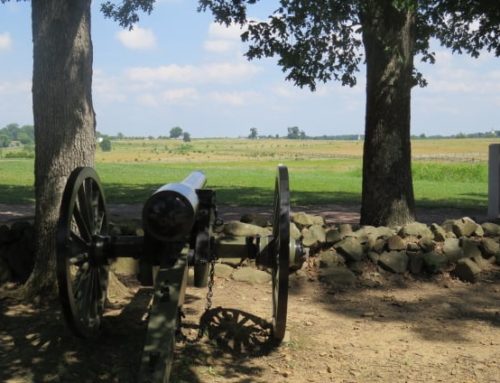Spring 1862
Jackson’s Valley Campaign earned General ‘Stonewall’ Jackson his metal during his historic campaign in the Shenandoah Valley region of the United States. What he accomplished, in a military sense, went down in Civil War history as one of the greatest feats ever.
The strategy was to create an allusion in the valley so that the Union forces would not pay close attention to Richmond. The efforts of Jackson and his brave troops lessened the total manpower strength of McClellan’s Peninsular Campaign. What the Union army desired to do was eradicate Richmond and end the war. What happened was a reversal of fortune in the heart of the South.
The home team was up and the visitors were normally down. The Shenandoah Valley region was a vital source for supplies and provisions for the Confederate army. The North, although well aware of the natural resources of the valley, did not share the same viewpoint of the valley as a means of traveling to and fro. The South wanted the Shenandoah Valley for its gateway to the North properties.
They could launch offensive and re-con missions into many cities of the North. Why the North did not share this thought process was beyond many military historians. What was good for the goose was not good for the gander, or so it seemed.
Fighting in the Valley Campaign for the better part of a year, Jackson won his first major battle at Winchester, partly because of his vast superior knowledge of the area. General Jackson was a master at using the terrain to his advantage. He could take a smaller force of good men and keep a larger better-equipped Union force busy for quite sometime. That is what Jackson did at Shenandoah Valley.
The Union commanders were busy fighting and defending themselves against Jackson’s relentless pursuits and attacks. Guerrilla warfare received its start here under the orders of Jackson. Jackson kept his eye on the ball time after time harassing the Union forces and creating general chaos for the federals there. The leaders in Washington desired to trap Jackson.
Lincoln and Stanton put plans into the works that would corner Jackson and destroy the threat. The only Union general that disagreed with this theory and understood exactly what Jackson was trying to accomplish was General McClellan. He wanted to forget about Jackson and concentrate on Richmond, the exact place that Jackson was keeping the Union from.
Although during the Valley Campaign Jackson led superbly and has been given the overall credit for victory in the campaign, the North received low marks for the way they reacted to the threat. After Lincoln sent the orders organizing three Federal armies and mustering them to The Valley, Jackson went into semi-hiding.
It is impossible to hide a force of 15,000 men dressed in gray uniforms bit Jackson stayed one step ahead of the three Federal armies and actually sent them back to Washington empty handed. Jackson did so well at Shenandoah he was asked to join his long time friend, General Robert E lee at the Seven days battle.

